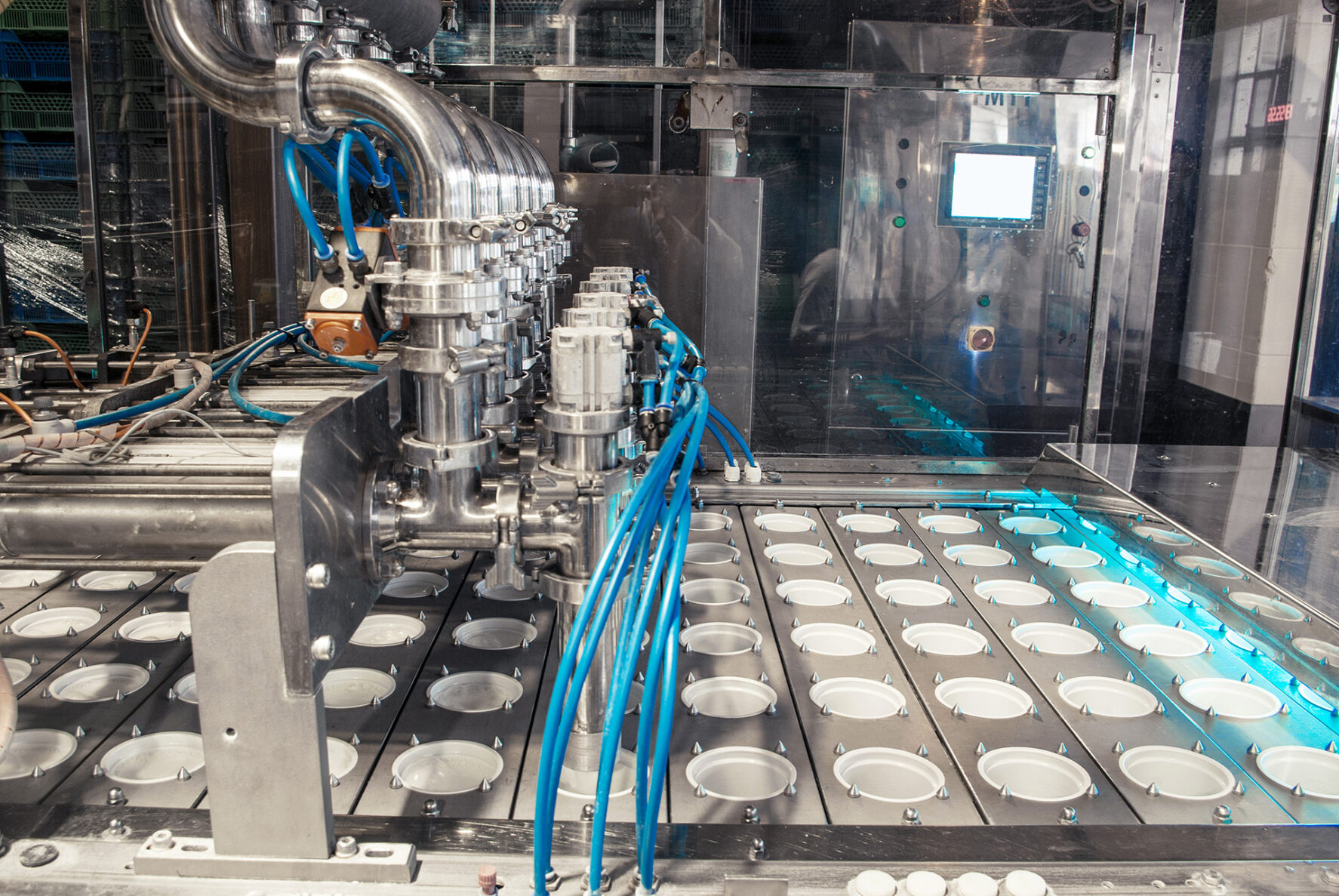Checklist: Pre-Project CapEx Planning for Packaging Lines
Planning Your Next Packaging Line Investment? Start Here.

As you prepare for PACK EXPO and look ahead to your next capital investment, it’s the perfect time to revisit the essentials of pre-project CapEx planning. Too often, project teams dive into design or procurement before aligning on the right foundational questions—resulting in delays, cost overruns, or missed opportunities for efficiency.
Before you launch your next packaging line project, upgrade to an existing line, or greenfield project, make sure your team is aligned on the following items.
1. Define Your Strategic Objectives
- What problem are you solving or opportunity are you capturing?
- Is this investment aligned with your 3–5 year business goals?
- Will it support volume growth, product diversification, or operational efficiency?
- SKU complexity analysis: Are you planning for more changeovers or shorter runs?
- Market trends: Is there a shift toward sustainable packaging or e-commerce formats?
- Customer experience goals: Are you targeting improvements in shelf appeal or unboxing?
2. Conduct a Detailed Needs Assessment
- What are your current capacity constraints or inefficiencies?
- Are customer demands or regulatory requirements shifting?
- Line balancing studies: Identify bottlenecks between filling, sealing, labeling, etc.
- OEE (Overall Equipment Effectiveness): Use historical data to pinpoint inefficiencies.
- Packaging material compatibility: Are current machines optimized for new substrates?
- Is there any automation that can be added for labor savings?
3. Develop a Solid Business Case
- Estimated total project cost (equipment, installation, training, downtime)?
- ROI projection and payback period?
- Potential cost savings or revenue impact?
- Cost per package analysis: Compare current vs. projected cost per unit.
- Downtime impact modeling: Quantify lost production during installation.
- Scenario planning: Include best/worst case ROI based on demand variability.
4. Evaluate Facility Readiness
- Do you have the space, utilities, and infrastructure to support the investment?
- Will you need modifications to electrical, HVAC, or compressed air systems?
- Are there safety or environmental compliance considerations?
- Line layout simulations: Use CAD or digital twin tools to validate space and flow.
- Environmental controls: Consider humidity, temperature, and cleanroom needs.
- Waste handling and recycling: Plan for scrap management and sustainability goals.
5. Align with Cross-Functional Stakeholders
- Have operations, engineering, maintenance, and finance been consulted?
- Are operators and maintenance teams involved early in the process?
- Have supply chain and IT requirements been considered?
- Operator ergonomics: Are stations designed for safety and ease of use?
- Maintenance access: Is equipment positioned for preventive maintenance?
- IT integration: Will the line connect to MES, ERP, or cloud analytics platforms?
6. Plan for Installation and Commissioning
- What is the expected project timeline and downtime window?
- Do you have a contingency plan to maintain production during installation?
- Is there a clear commissioning and acceptance testing plan?
- Phased commissioning: Can parts of the line go live while others are installed?
- Training programs: Include vendor-led sessions and SOP development.
- Validation protocols: Especially important for food, pharma, or regulated industries.
7. Ensure Long-Term Support and Scalability
- Is the solution future-proof (i.e., modular, scalable, upgradable)?
- Can it integrate with your existing automation or data systems?
- What is the expected life of the asset and ongoing maintenance needs?
- Remote diagnostics: Is the equipment IoT-enabled for predictive maintenance?
- Modular upgrades: Can you add robotics, vision systems, or AI later?
- Spare parts strategy: Plan for inventory, sourcing, and obsolescence.
8. Secure Budget Approval with Confidence
- Have you accounted for inflation, tariffs, or fluctuating lead times?
- Do you have a realistic buffer for unexpected costs?
- Are you leveraging any available tax incentives or grants?
- Benchmarking: Compare costs and ROI with industry peers or past projects.
- Lead time risk analysis: Account for global supply chain disruptions.
- Lifecycle cost modeling: Include energy, maintenance, and consumables.
9. Document and Communicate the Plan
- Is there a clear CapEx request with all supporting analysis?
- Have you established success metrics (e.g., throughput, downtime, efficiency, waste reduction)?
- Is there an internal communication plan for rollout and adoption?
- Visual aids: Include line layouts, Gantt charts, and ROI graphs.
- Change management strategy: Prepare teams for new workflows and roles.
- Post-install review: Schedule a 6-month performance audit.
Having a clear CapEx checklist early ensures your project is built on the right business case—and executed with fewer surprises.
Heading to PACK EXPO? Let’s connect to talk about how we can help set up your projects for success from day one.




